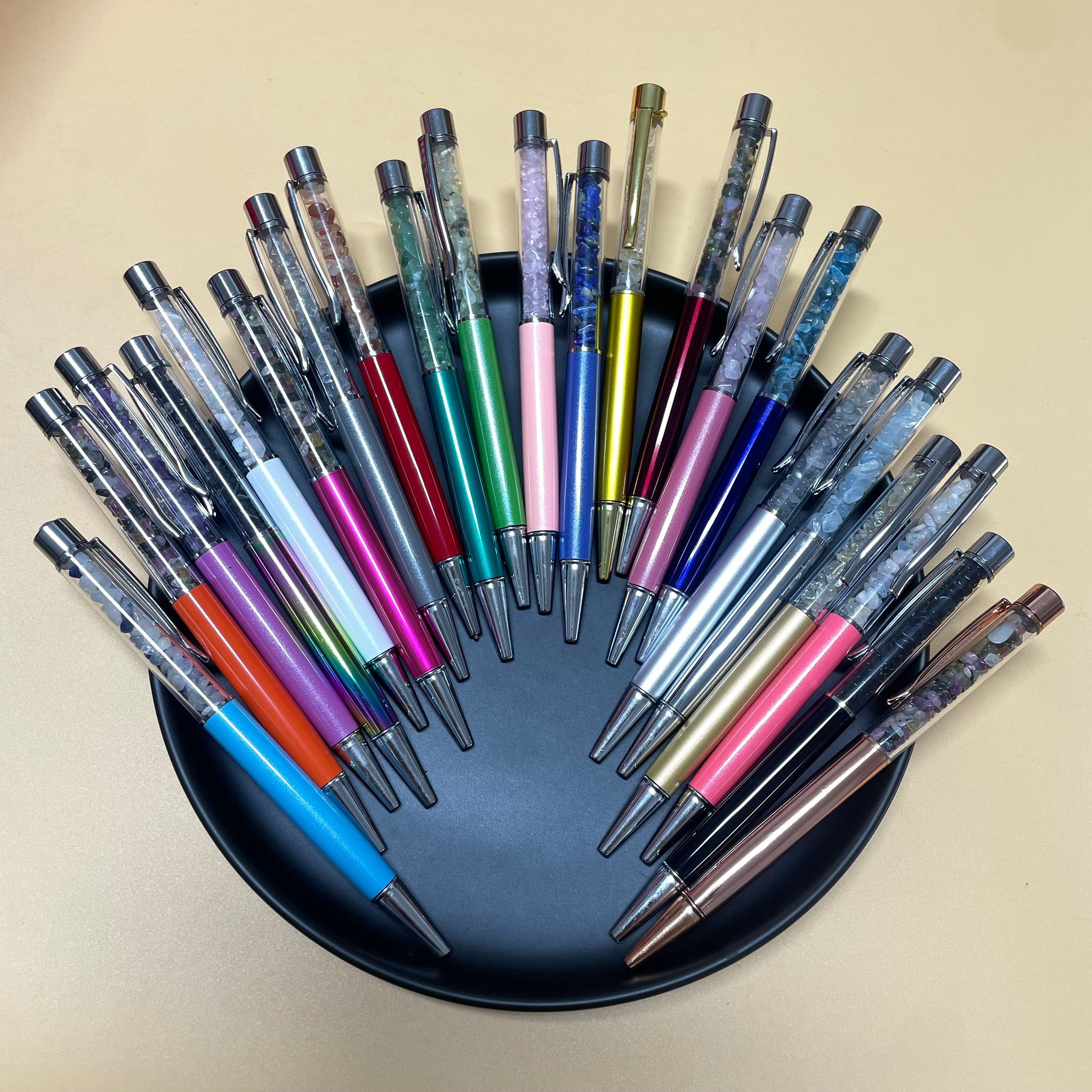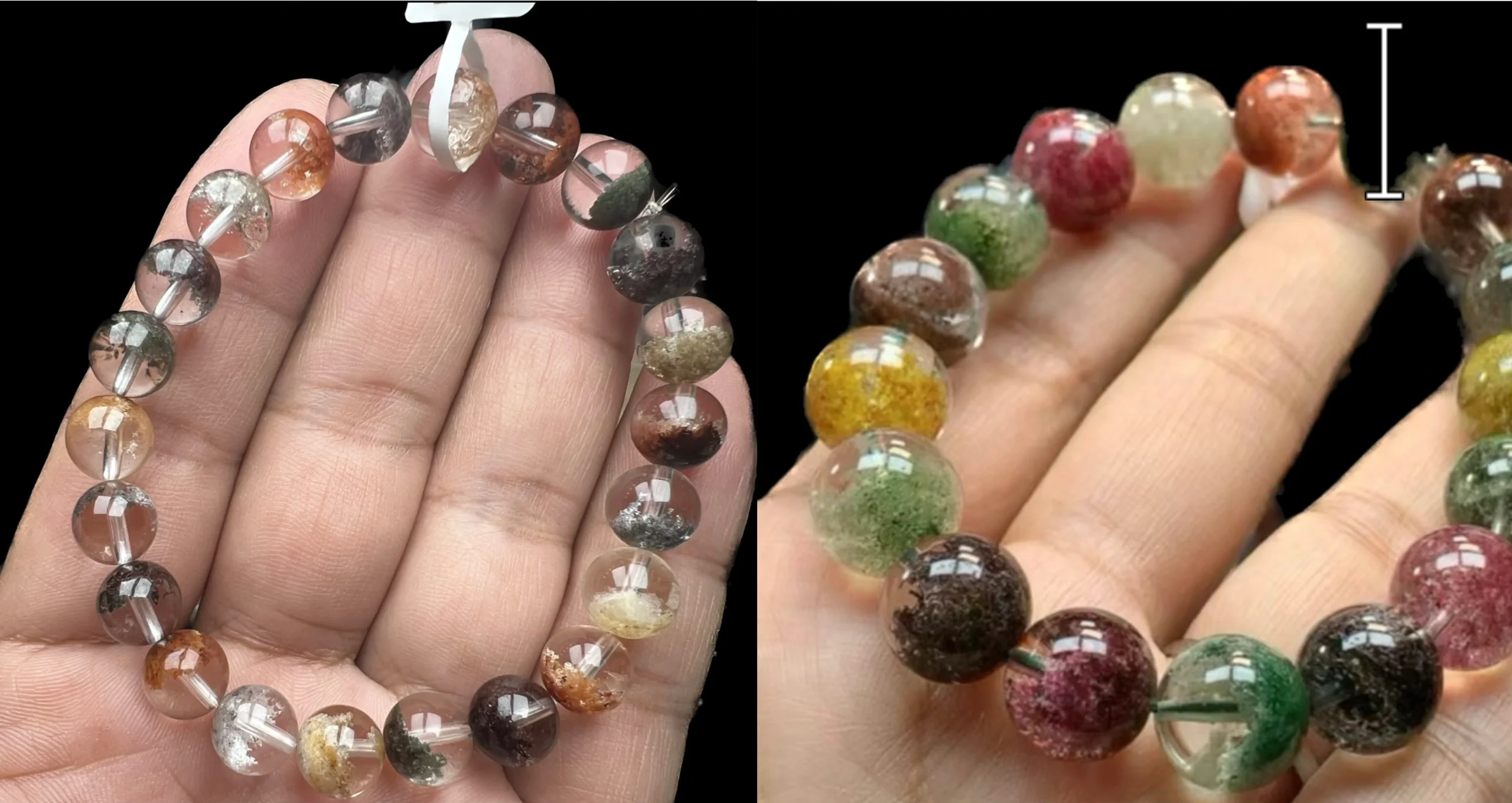Crystals have long been valued for their beauty and metaphysical properties. However, with the rise in popularity of crystals, the market has become flooded with fake or synthetic versions. How can you tell if a crystal is real or fake? Let's explore some key indicators to help you distinguish between the two.

Crystal Structure
One of the most reliable ways to identify a genuine crystal is by examining its structure. Real crystals have a natural, irregular shape with unique patterns and inclusions. Fake crystals, on the other hand, are often mass-produced and have a uniform, perfect appearance. Look closely at the crystal's surface for any signs of artificial polishing or molding.
Clarity and Color
The clarity and color of a crystal can also provide clues to its authenticity. Genuine crystals typically have some imperfections, such as small cracks or inclusions, that contribute to their unique beauty. Fake crystals, on the other hand, may appear too perfect and flawless. Additionally, the color of a real crystal is usually more subtle and natural compared to the vibrant, artificial colors of fake crystals.
Hardness and Weight
Another way to distinguish between real and fake crystals is by testing their hardness and weight. Genuine crystals are often heavier than their synthetic counterparts due to their natural mineral composition. You can also perform a scratch test using a piece of quartz or glass – real crystals will scratch softer materials, while fake crystals will not.
Price and Source
While not foolproof, the price and source of a crystal can also be indicators of its authenticity. Genuine crystals are typically more expensive than fake ones, as they are rarer and harder to obtain. Be wary of crystals being sold at unusually low prices, as they may be counterfeit. It's also a good idea to purchase crystals from reputable dealers or sources with a proven track record of selling authentic products.
Consult an Expert
If you're still unsure about the authenticity of a crystal, consider consulting an expert or gemologist. These professionals have the knowledge and tools to accurately identify real crystals and can provide you with valuable insights and guidance. Don't hesitate to seek expert advice if you have any doubts about the authenticity of a crystal in your collection.
By paying attention to the crystal's structure, clarity, color, hardness, price, and source, you can become better equipped to distinguish between genuine and fake crystals. Remember, the beauty and energy of a real crystal are truly unique and irreplaceable, making it worth the effort to ensure that you are investing in the real deal.




